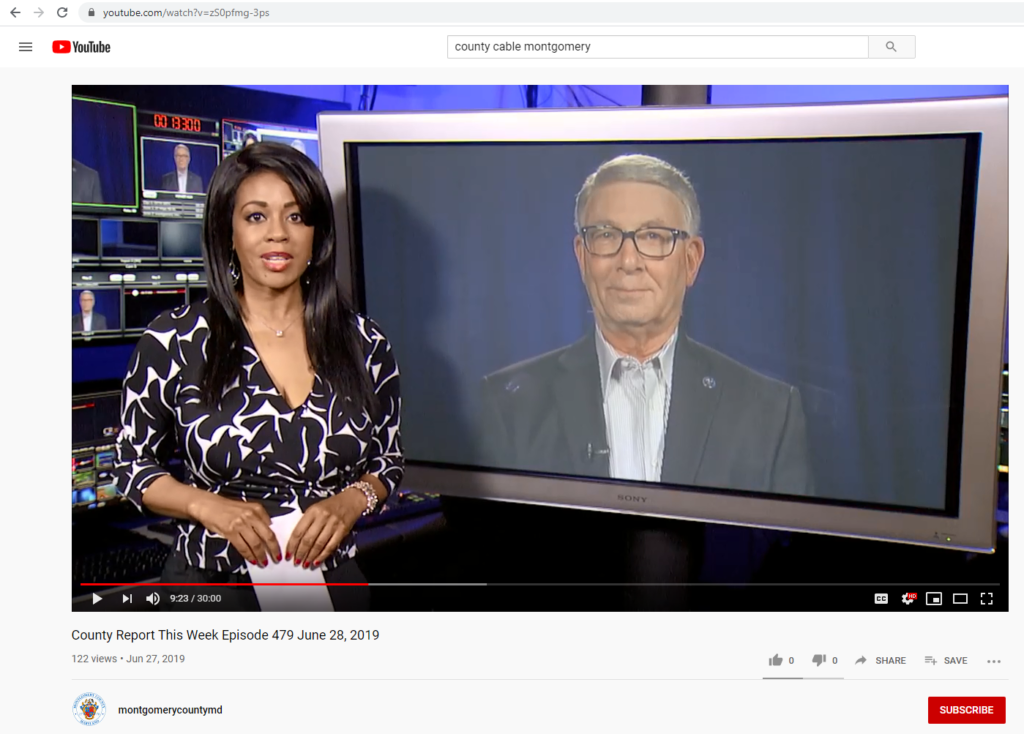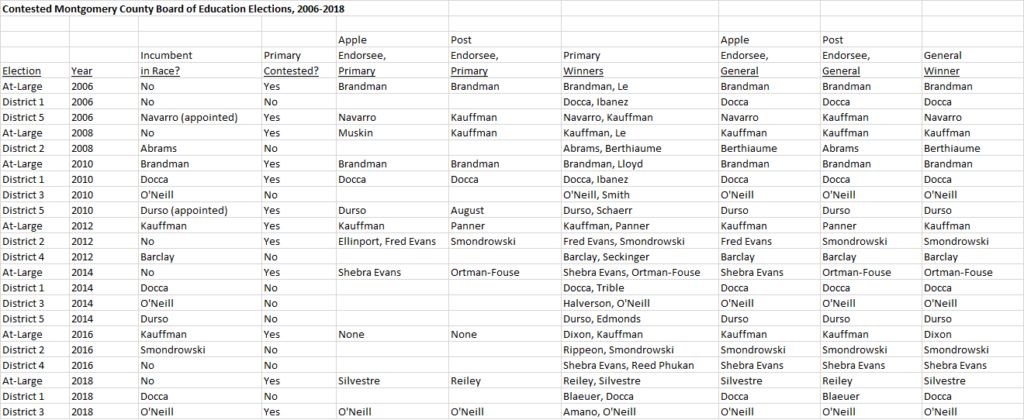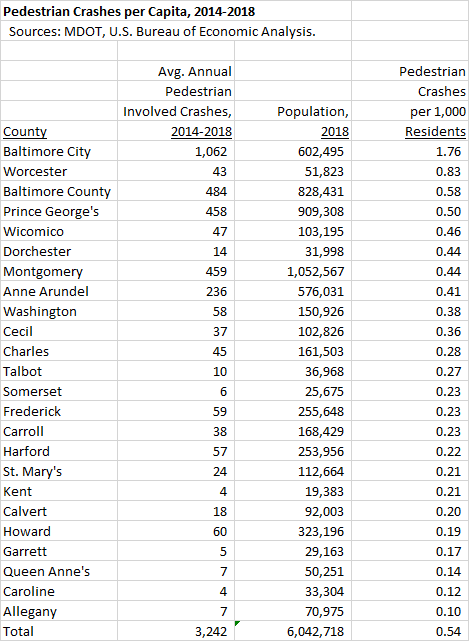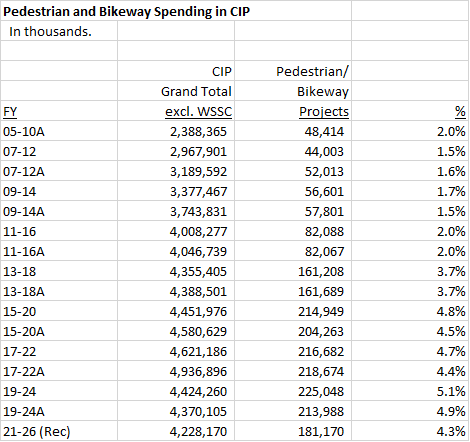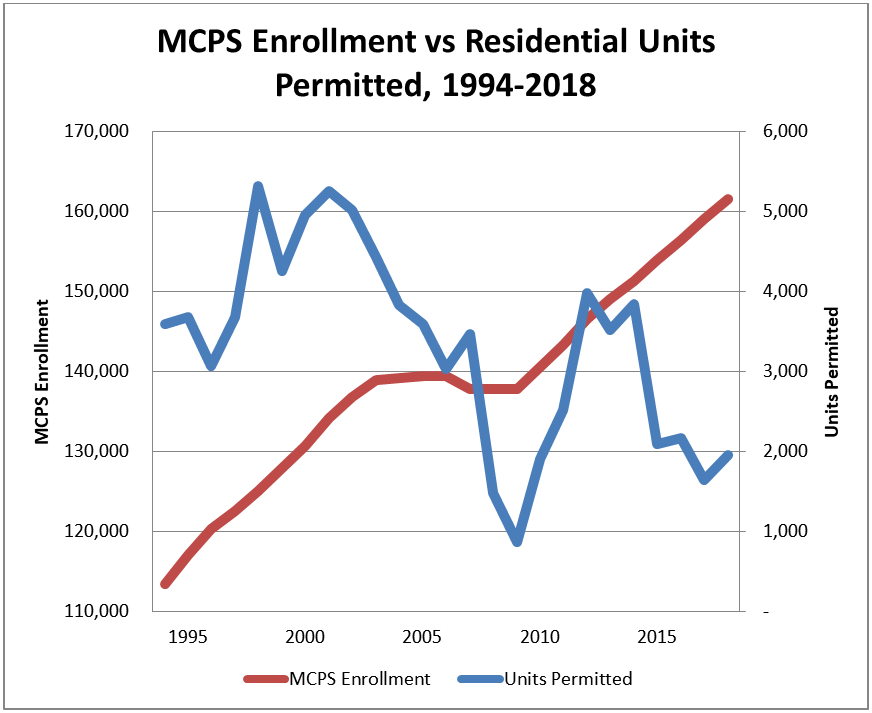By Adam Pagnucco.
As MoCo residents are just now starting to find out, County Executive Marc Elrich has recommended a property tax hike as part of his Fiscal Year 2021 budget. And how did they find this out? The first mention of it came from a county council statement released at 1:05 PM today opposing the tax hike. As of this writing, the public knows little about the budget other than the fact that it contains a tax increase.
With the coronavirus spreading and the local economy on its knees, how do you think folks are going to feel about that?
Let’s set aside for the moment any analysis of the merits of the tax hike. (That will come.) Instead, let’s consider how a competent administration would try to roll this out. In the past, administrations held press events with the council on the mornings of their recommended budget releases. Right after those events, press releases went out containing loooooooong lists of all the goodies in the budgets. More money for schools? Check. More social workers? Check. Increased numbers of police officers? Check. Big Macs for every girl and boy (or quinoa for the healthy eaters)? Check. Doug Duncan, Ike Leggett – it didn’t matter who it was, they all put on a Santa cap and handed out cookies from the chimney, at least when there wasn’t a recession.
But this budget contains a tax hike. No problem, plenty of budgets in the past contained tax hikes. You sell those tax hikes based on what they buy and other factors making them necessary. Leggett, for example, sold his FY11 doubling of the energy tax hike as being the only way that he could preserve the bond rating. In FY17, the county council sold its 8.7% property tax increase as an “Education First” budget. It didn’t matter so much whether they were right. The point is that they had an argument to make.
And now to today. The administration was always going to face hurdles in selling a tax hike. After all, the council just two weeks ago said that they didn’t want more taxing authority from the state because they weren’t interested in raising taxes. So what do you do? First, you line up advocates who benefit from the tax hike and forge them into an army. That shouldn’t be so hard since the teachers, the service employees, MCGEO, the non-profits, the enviros and lots of other stakeholders are getting a piece of the new money either directly or indirectly. Invite them to your presser. If the coronavirus prevents that, get them in writing. Have them make videos. Include supportive quotes from them in your own communications. Have them all up team up on an online petition. (MCGEO already has one that they promoted through a mailer.) Have them send out supportive blast emails and social media posts the very morning on which the budget is released. And so on. The point here is that this isn’t just the executive’s budget. It belongs to all of these other groups too. This makes the council members understand that they would pay a price by voting no.
The budget isn’t drafted overnight; it takes weeks to prepare. That means the executive branch had time to get ready. They should have lined everything up and beat the council (and everyone else) to the punch. Yeah, the critics are going to cry about it, but let them go last so YOU can define this budget first. Instead, the administration did… apparently nothing. There was no morning press event, even a livestreamed one, and there were no preemptive communications – at least none that I saw. The very first communication released from the county came from eight council members who opposed the tax increase. As of this writing, other than a brief statement from Elrich defending the tax hike, there is STILL no comprehensive communication from the county listing all the benefits of the budget. Is anyone other than Elrich out there defending it?
What a disaster!
So who should be upset about this? It shouldn’t be the tax opponents. The administration’s incompetence allowed them to define the budget around the tax increase. Robin Ficker has to be bellowing in joy right now.
The folks who should be really upset are the ones who might benefit from the tax hike. A proper communications effort should have been designed to get the council to hold off on expressing opinions about the increase, thereby buying time for the advocates to lobby them and start shifting some votes around. Instead, eight council members said no immediately in the most public way possible. (Council Member Nancy Navarro, who has chaired the council’s tax-writing committee for ten years, followed up with a hell no.) It would be very hard for the council to move off that now. As for the advocates, instead of waging a common battle for a bigger pie, they might have to fight each other for scraps as the council figures out how to reduce the executive’s increase in county expenditures.
And so, because of an epic communications debacle, a tough sell has become damn near impossible.
Congrats to the administration. Or something.


